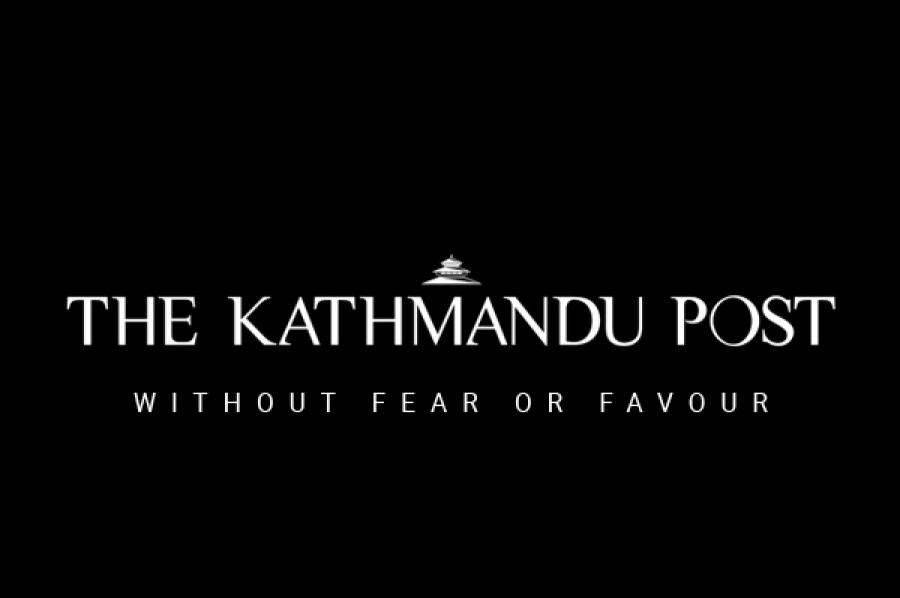Opinion
Towards a safer city
Strategies against uncontrolled urbanisation and unemployment are needed to reduce youth violence
Subindra Bogati
Though violent incidents, including shootings, killings, abductions, intimidation and extortion, have become common in the post-Comprehensive Peace Agreement period, in recent times, it was the killing of ‘Chari’, a notorious gangster, in Kathmandu by the police that led the media and opinionmakers to extensively discuss organised crime and the political protection accorded to such ‘dons’.
The police take different measures to contain criminal activities in Kathmandu and other cities. However, the nexus between criminals and politicians perennially frustrates such efforts. So while the efforts of security agencies are laudable, it seems that no comprehensive research has been conducted to explicitly understand the push-pull factors that cause young people, mostly males, to join gangs or criminal groups and engage in crime.
The nature of existing violence—relating to complex social and economic problems perpetuated by a host of criminal groups—makes it far more difficult for formal policing and security structures to address it on their own. While the Nepal Police have to play a significant, and often undervalued, role in the sustainable prevention of violent urban crime, a wider developmental approach involving state and civil society organisations is indispensable.
Illusion of power
Nepal remains one of the poorest countries in the world and in recent years, internal conflicts and continued political instability have limited its economic growth. It is a country of young people and around 400,000 young people enter the labour market every year. Although approximately 70 percent of the youth are educated, youth unemployment is quite high. For these jobless youths, becoming a member of any group to be engaged in the use of ‘muscle power’ is an easy option.
On asking any member of armed groups or criminal gangs for their reasons behind joining such groups, one will find that poverty, poor education, and unemployment along with aspirations for the three ‘Ms’ —Money, Machine (mobile phones, motorcycles), and Masti (fun) are the primary reasons. For some young people, being a member of a gang or criminal group increases their sense of power and purpose when they would otherwise feel powerless and marginalised.
These young people are of the view that unemployment is pushing them to commit crime. They say that once they start making easy money (through involvement with criminal groups), they can not return to normal life.
Dashed hopes
Police records show that a significant proportion of homicides are committed in urban areas, with Kathmandu alone accounting for roughly 30 percent. Other urban crimes have also increased by 10 percent since 2006, with police estimates indicating that an alarming 80 percent of crimes are going unrecorded or unreported.
Young people migrate to cities for a number of reasons, including education, jobs, and employment opportunities. Increasing migration from the countryside to cities can overstretch infrastructure, social services, and security provisions. Cities offer the promise of a better life, but at the same time, rapid urbanisation and frustrated hopes can have negative effects on a city’s security. Given the demographic shift occurring in Nepal, youth issues are of particular importance, with unemployment and involvement in organised crime being two primary concerns.
Compared to violence perpetrated in rural areas, urban violence tends to be more concentrated, more lethal, more variable and less detectable, especially in cities like Kathmandu. And to make the matter worse, the easy accessibility of firearms, explosives and narcotics—a recognised risk factor for violence—in Kathmandu and other cities helps shape the dynamics of violence. Together with the presence of organised crime and illicit markets, it affects both the level and scope of violence.
No doubt, understanding the true motivations and compulsions of young perpetrators of violence is critical in the formulation of a strategy to improve security and maintain law and order. At the same time, there is a significant opportunity to draw on youth-focused learning from other countries, where urbanisation and youth issues have been at the forefront of crime reduction strategies for some time.
Limited means
The Nepal Police is a key stakeholder in preventing and mitigating the risk of instability in Nepal. However, its agencies lack adequate transportation, training and equipment, which often prevent them from effectively completing their missions. Similarly, police morale is low and public confidence has been marred by political interference. This has weakened the independence of the police and has, to some extent, aided their reluctance to investigate politically connected suspects.
There is a need for investment in police infrastructure, increased resources and support for urban-specific training, as well as an updated crime record infrastructure. Most importantly, special measures should be taken to reduce poverty and unemployment amongst young people, as these issues are linked with security. Such initiatives should be more responsive to the needs of the youth. Public-private partnerships, which effectively reduce violent crime, can be inclusive of several key sections of society.
One such approach is the ‘6-P framework’ for crime reduction, as developed and practiced by Kiran Bedi, renowned ex-officer of the Indian Police Service. This framework provides a holistic view of the interactive roles played by six key groups of actors in strategies for the sustained reduction and eventual prevention of violent crime—People (citizen groups), Police, Prosecution, Prison (the incarceration and reformation system), Politician, and Press—which national and international donor agencies may look to support.
Bogati is co-author of the ‘Key Security Challenges of Security Provision in Rapidly Urbanising Contexts: Evidence from Kathmandu Valley and Terai Regions of Nepal’ report, published by the Institute of Development Studies, University of Sussex, the UK ([email protected])




 10.12°C Kathmandu
10.12°C Kathmandu










